An Activity diagram is a type of workflow UML diagram that is valuable for modeling the dynamic aspects of a system, capturing the flow of control, and visualizing the sequence of activities and decision points. By leveraging the basic components and symbols of activity diagrams, analysts and developers can effectively communicate the workflow of a system, identify potential improvements, and facilitate the design and implementation of software solutions. Here, we will explore the concept of activity diagrams, their benefits, basic components, and symbols used.
In this article
Part 1: What Is an Activity Diagram?
An activity diagram is a workflow UML diagram that visually represents the flow of control within a system. It depicts the dynamic aspects of the system, focusing on the sequence of activities and the transitions between them. Activity diagrams are particularly useful for modeling the workflow of a business process, the logic of a use case, or the detailed logic of a particular operation within a system.

Part 2: Benefits of Activity Diagrams
Activity diagrams offer several benefits in the context of software development and system analysis. Activity diagrams provide a clear visualization of the workflow UML and business processes, allowing stakeholders to understand the sequence of activities and the decision points within the system. Furthermore, activity diagrams help in identifying potential bottlenecks, inefficiencies, or areas for improvement within a system's workflow.
Part 3: Basic Components of an Activity Diagram
Activity diagrams consist of several basic components. These components collectively represent the flow of activities within a system.
- Initial Node: This node represents the starting point of the activity diagram and is denoted by a filled-in circle. It signifies the initiation of the workflow or process.
- Activity: Activities are represented by rectangles and depict the specific actions or tasks within the system. They capture the individual steps that contribute to the overall workflow.
- Decision Node: Decision nodes, depicted by a diamond shape, represent points in the workflow where a decision or branching occurs based on certain conditions or criteria.
- Merge Node: Merge nodes, also represented by a diamond shape, indicate the merging of multiple paths or the convergence of control flow within the diagram.
- Fork Node: Fork nodes, denoted by a bar symbol, illustrate the parallel execution of multiple activities, allowing for concurrent processing within the system.
- Join Node: Join nodes, also represented by a bar symbol, signify the synchronization of parallel paths, indicating the point at which concurrent activities converge.
- Final Node: The final node, depicted by a circle with a dot inside, represents the conclusion or endpoint of the activity diagram, signifying the completion of the workflow.
Part 4: Activity Diagram Symbols
Activity diagrams utilize various symbols. These symbols represent different aspects of the system's behavior and control flow.
- Arrows: Arrows are used to depict the flow of control between different activities, decision points, and other elements within the diagram.
- Guard Conditions: Guard conditions, often depicted near the edges of decision nodes, specify the criteria or conditions that determine the subsequent path of the workflow based on the outcome of the decision.
- Object Nodes: Object nodes represent the input and output of activities, indicating the flow of data or objects between different elements of the diagram.
- Swimlanes: Swimlanes are used to partition the activity diagram into separate sections, each representing a different participant, system component, or organizational unit involved in the workflow.
Part 5: How to Make an Activity Diagram with EdrawMax?
The user-friendly drag-and-drop drag interface of Wondershare EdrawMax makes it an ideal tool for quickly and easily producing attractive, professional-looking workflow UML diagram, including activity diagrams. It also comes with a large number of activity diagrams templates and a library of symbols. The following are the steps to create an activity diagram using the tool:
Step 1:
Launch the EdrawMax software and sign in using your account credentials. If you don't have an account, create one by following the registration process.
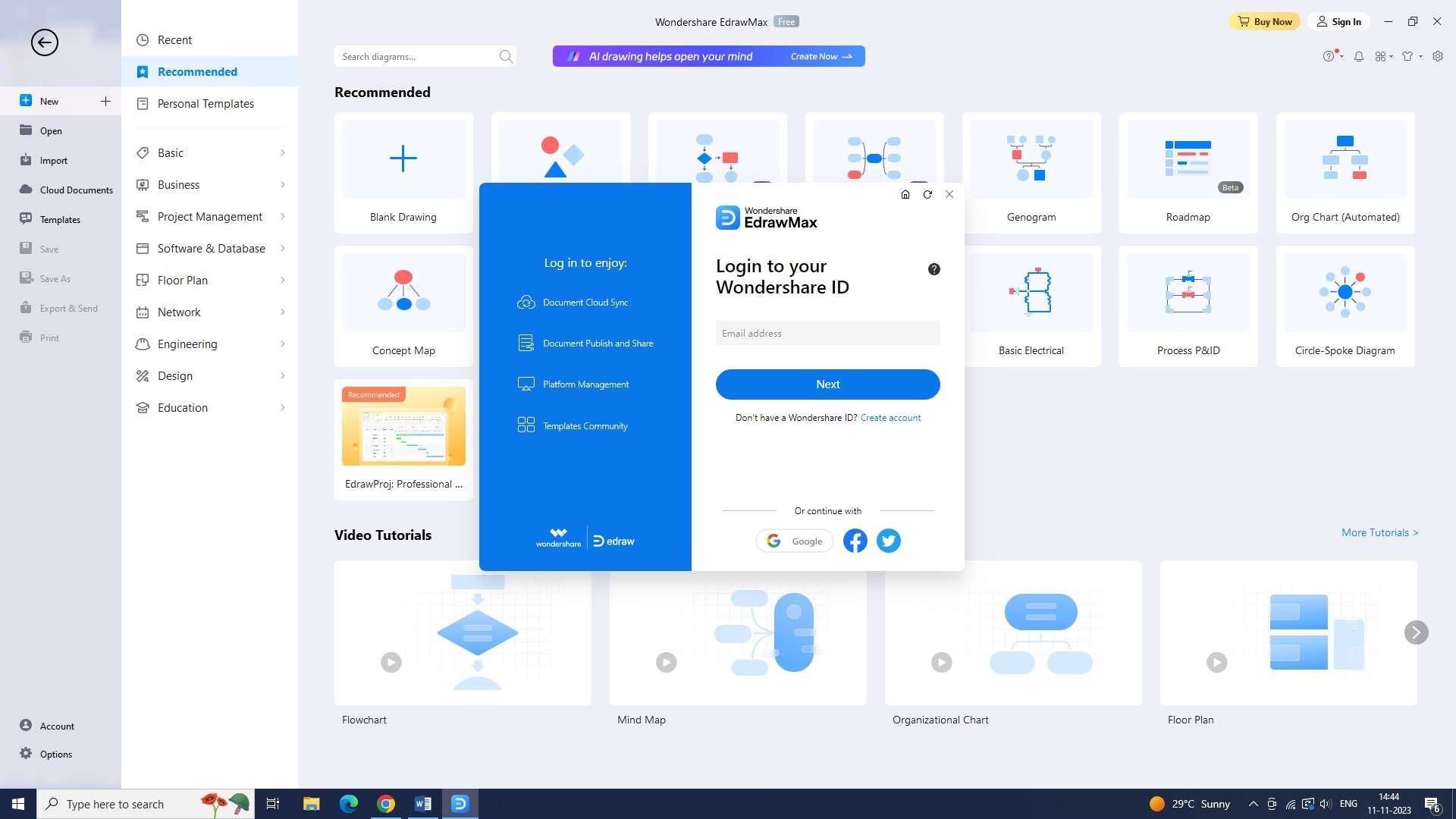
Step 2:
Once signed in, click on the "New" button or go to the "File" menu and select "New" to open a new document in EdrawMax.
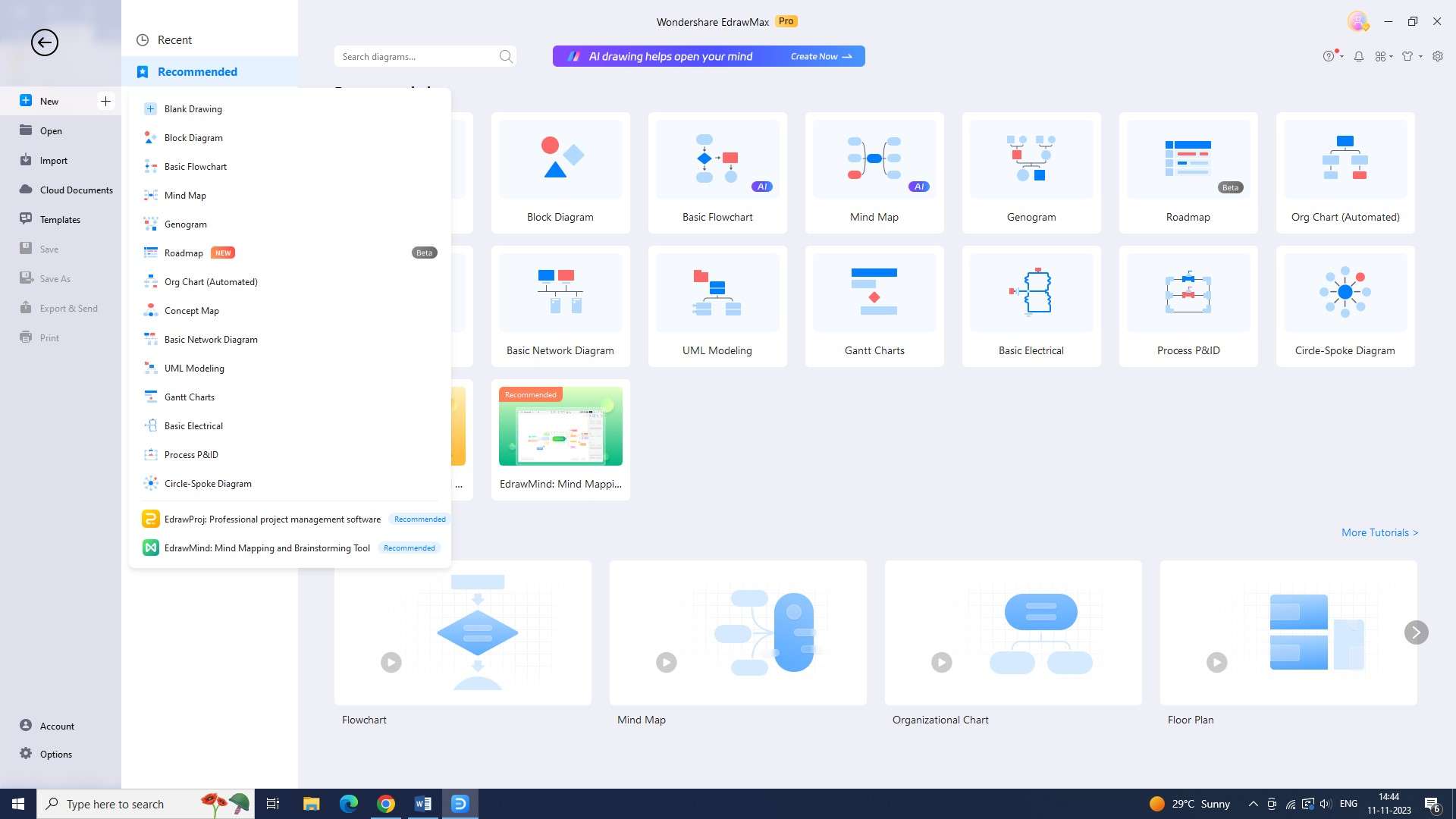
Step 3:
In the EdrawMax toolbar, click on the "Templates" button. Use the search bar to find an activity diagram template or navigate through the available categories to locate it. Once found, select the template by clicking on it.
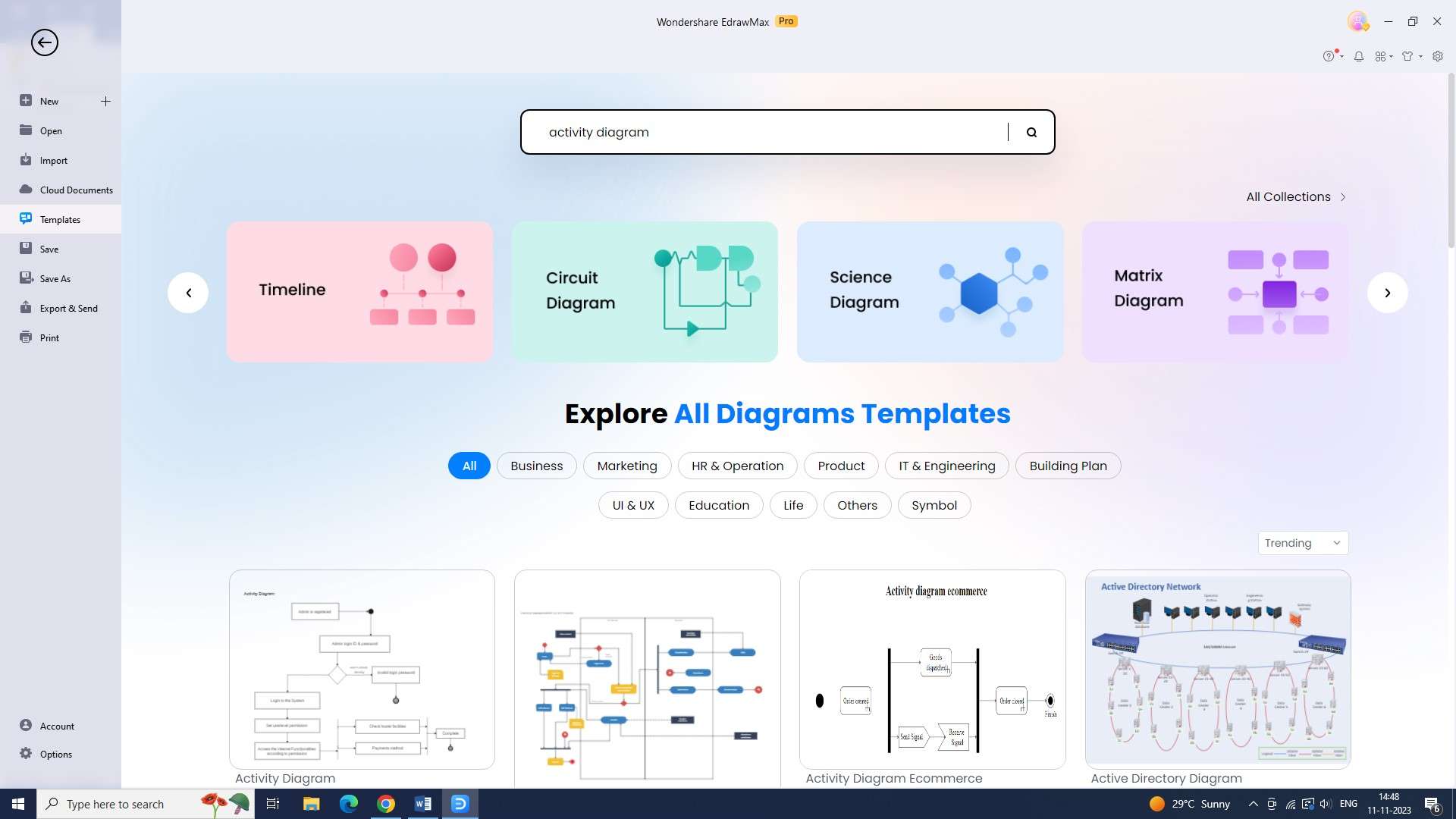
Step 4:
After selecting the template, you can customize the activity diagram by adding, removing, or modifying elements. Use the various tools and options available in EdrawMax to make the necessary changes to the chart.

Step 5:
To add text to the activity diagram, select the appropriate text tool from the toolbar and click on the desired location within the diagram. Enter the text required for each activity or step in the process.
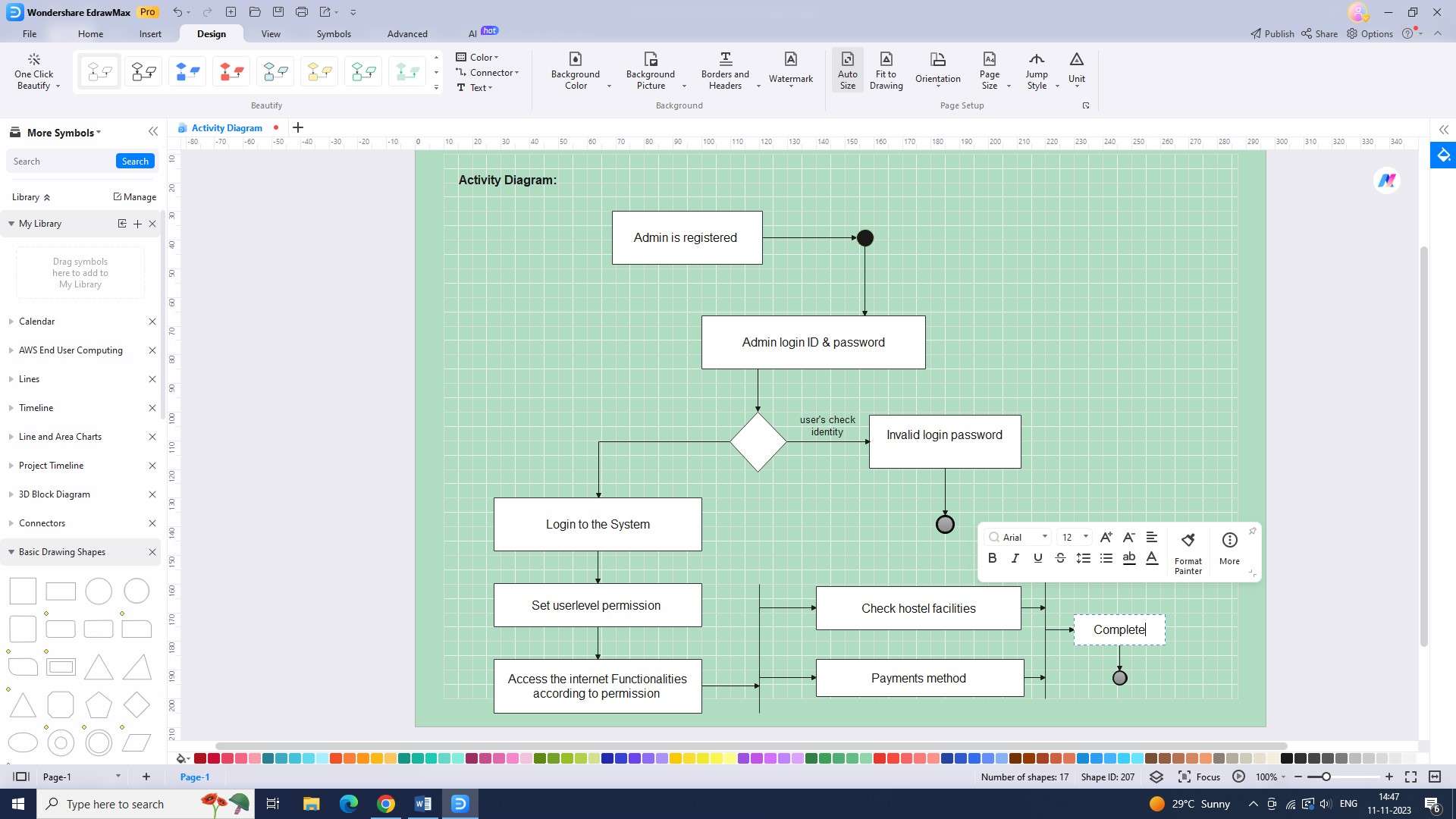
Step 6::
To save your progress, go to the "File" menu and select "Save" or use the shortcut “Ctrl+S”. Choose a location on your computer and provide a name for the file. Click "Save" to save the activity diagram.
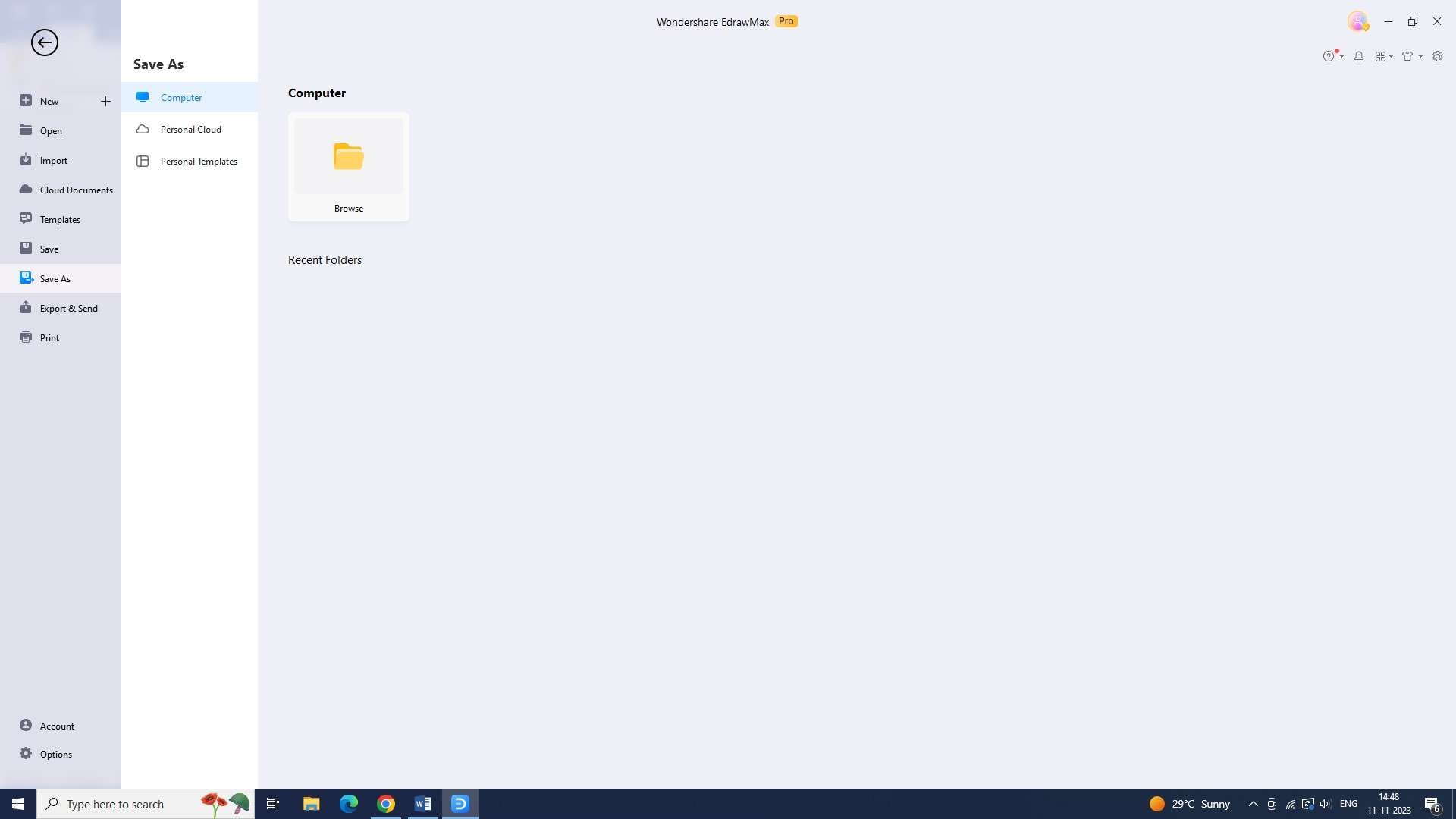
Step 7:
To export the activity diagram as an image or share it with others, go to the "File" menu and select "Export." Choose the desired file format and specify the location where you want to save the exported file. Click "Export" to complete the process.
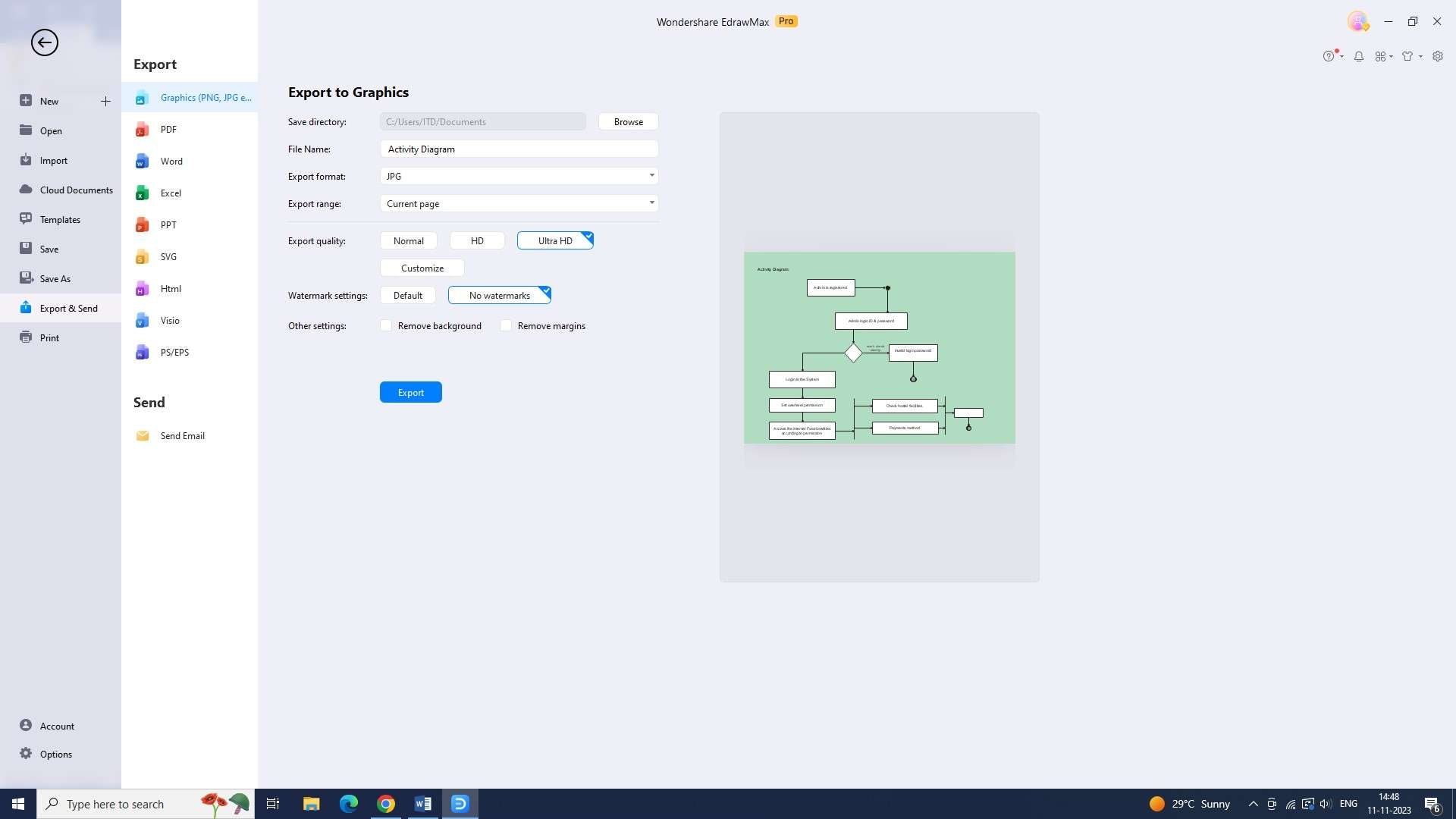
Conclusion
Activity diagrams are a crucial aspect of the workflow UML and play a significant role in the software development process. They provide a high-level view of the system's functionality while also allowing for detailed modeling of individual processes and activities.




